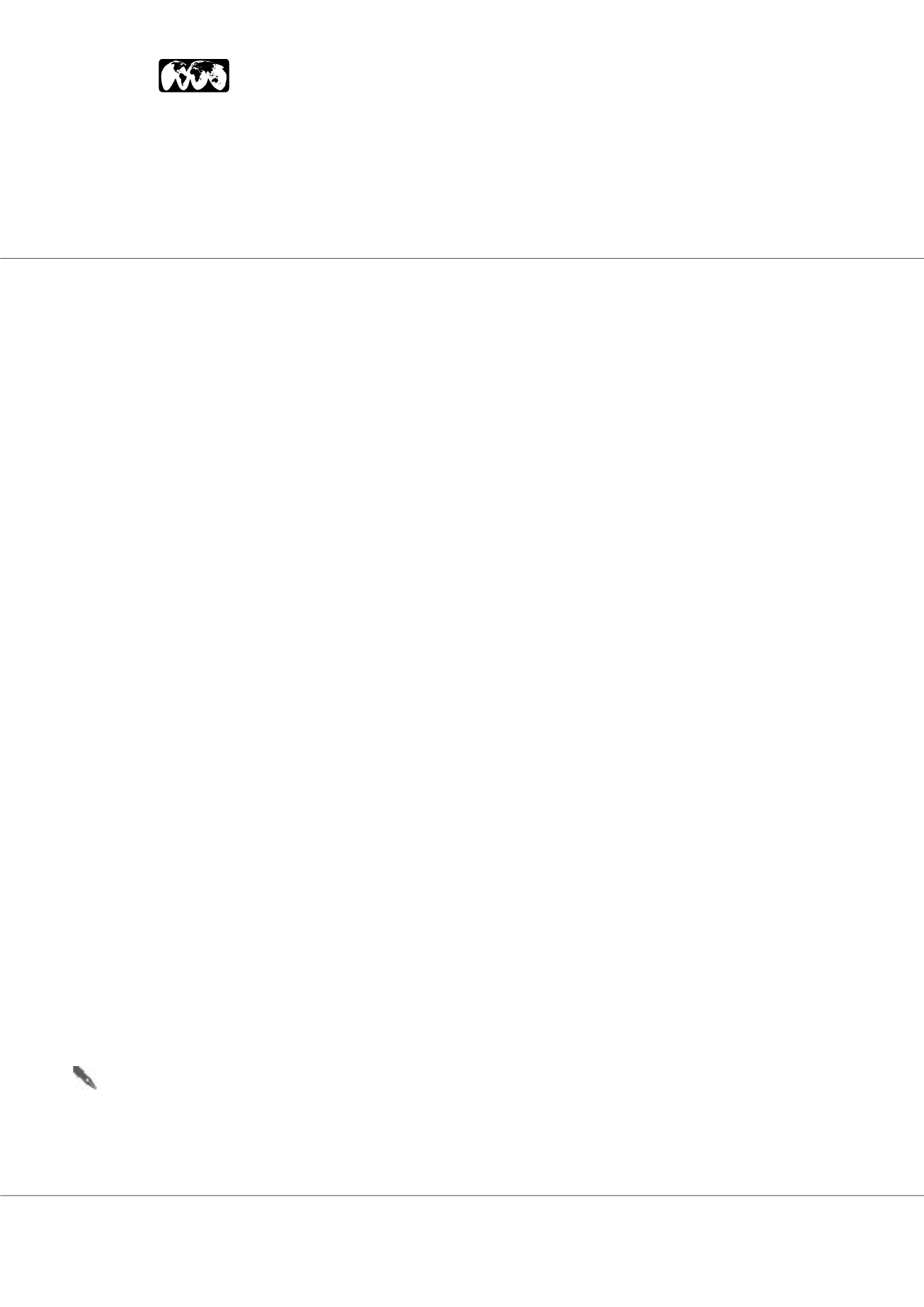

Page 40
Notes:
allied
academies
Asian Journal of Biomedical and Pharmaceutical Sciences | Volume 8
March 26-27, 2018 | Orlando, USA
World Summit on
Healthcare & Hospital Management
&
International Conference & Exhibition on
Biologics and Biosimilars
Indu Saxena
All India Institute of Medical Sciences, India
Discriminatory attitudes in healthcare workers; the need to identify and rectify
T
he social fabric in all countries comprises of groups, some
of which are more favored than others in terms of power,
prestige, and privileges, leading to discrimination against the
weaker groups. Discrimination is a consequence of prejudiced
stereotypes associated with certain groups of individuals
and results in denial of equal rights and opportunities to
some people of the society. No nation or society can claim
to be free from all forms of discrimination, as there are
always some individuals in the role of either the victim or the
victimizer. Economic growth in India in the recent years has
been remarkable and the percentages of people living below
the poverty line and of illiteracy have declined. The benefit
of India’s growing economy is reflected in the improved
healthcare sector; however, health and healthcare facilities are
still not equally amenable to all. This is not merely due to lack
of healthcare facilities in specific geographical areas but also
due to various forms of discriminations observed by the people
involved in healthcare. Discriminations based on race, religion,
socioeconomic status, gender and skin colour are common in
some countries and unfortunately India is also one of them.
The concepts of caste, religion, gender, and social status are
so deeply rooted in some families that they are difficult to
eradicate by education in a single generation. Extended and
joint families are also responsible for enforcing such prejudices.
Consequently, even educated healthcareworkers find it difficult
to remove their cultural shackles on the job, and knowingly or
unknowingly practice discrimination. The need to improve the
healthcare facilities for the less privileged groups is urgent,
and the government has been taking steps to increase the
number of physicians by developing more medical colleges and
hospitals. Every problem cannot be solved at the government’s
level; individual participation of faculty teaching in medical
colleges is required to improve the attitude of the healthcare
workers, so that people from all walks of life may expect equal
and fair treatment at healthcare centers. The first step to find
the solution of any problem is to recognize that the problem
exists. Studies should be conducted to identify the sources of
bias in different regions. Various tools have been devised to
recognize prejudice in healthcare workers, and new tools can
be developed to identify the negative biases prevalent in India.
The attitudes of practicing physicians can be identified and
counselled through compulsory CMEs. Maximum benefits can
be obtained by modifying the attitudes of medical, dental, and
nursing students. The minimum age of admission to medical,
dental, and nursing courses is 17 years in India: an age at
which many students can unlearn harmful or wrong customs
and traditions. Classes should be conducted on ethical issues
related to discriminations in healthcare. Unofficial data suggest
that more than 80% medical, dental, or nursing students with
biased attitudes change their approach on realizing their bias
nature.
Speaker Biography
Indu Saxena is currently working as Assistant Professor, at Department of Biochemistry,
All India Institute of Medical Sciences, Jodhpur-342005, Rajasthan, India.
e:
indu.saxena@rediffmail.com















